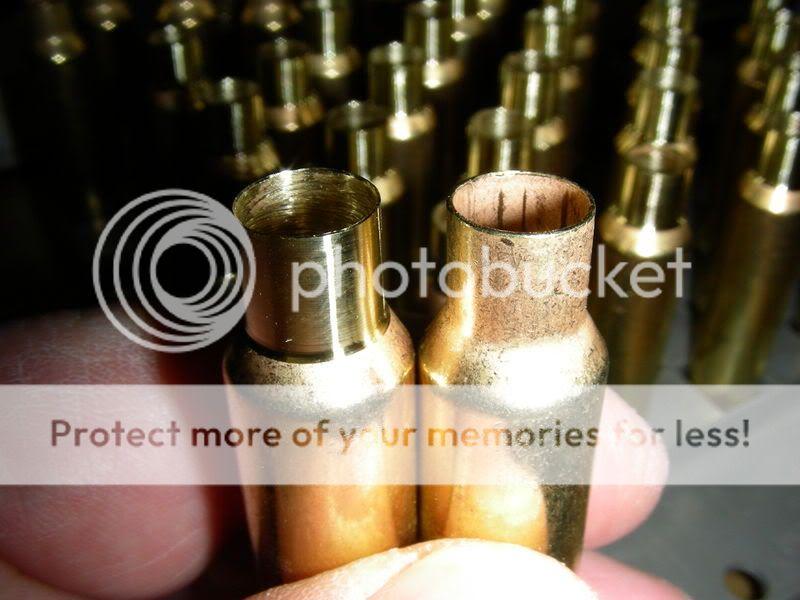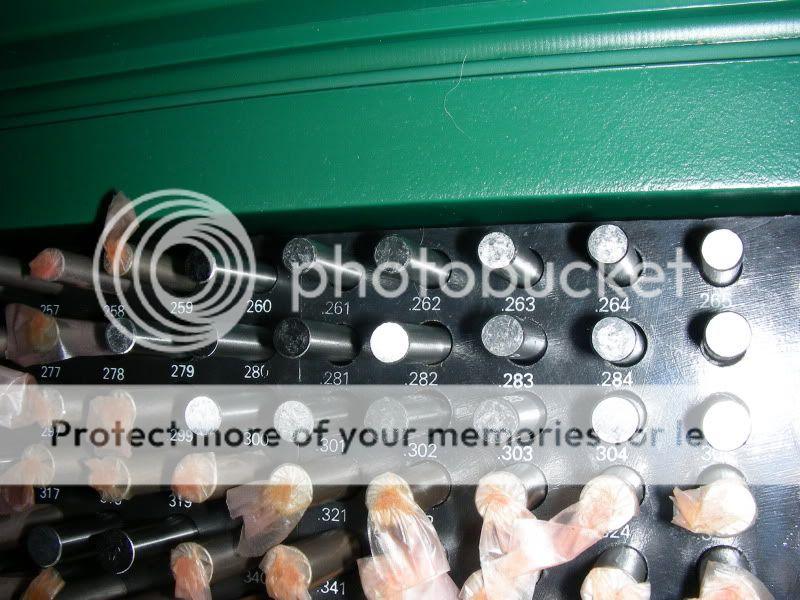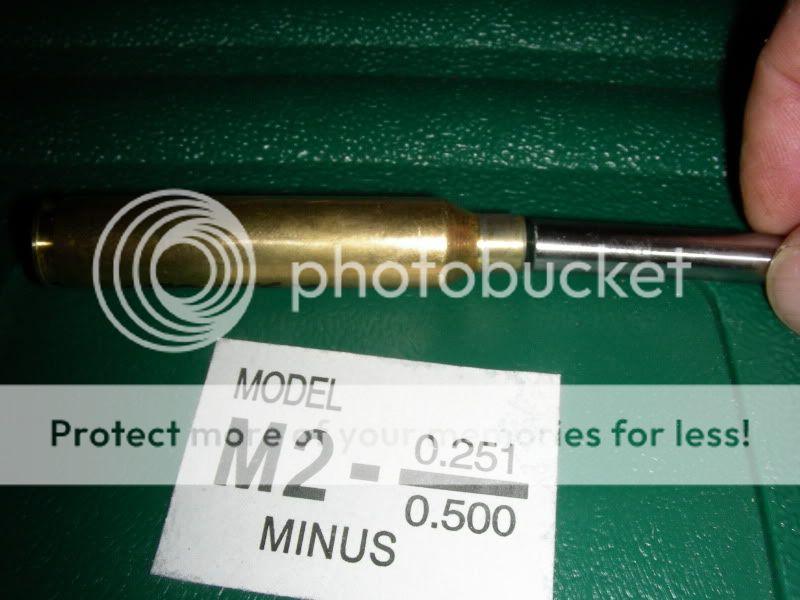I am new to this forum and having been getting quite a bit of information just searching through the posts. But I have a quick questions about full length resizing dies that I haven't been able to find an answer for. Thanks for all the info, neat website you have here.
Does it make that much of a difference on accuracy if you use the bushing dies or just the standard resizing dies?
I full length resize anyway and was wondering if having less neck tension on the bullet make for more accurate rounds?
Thanks for your help.
Does it make that much of a difference on accuracy if you use the bushing dies or just the standard resizing dies?
I full length resize anyway and was wondering if having less neck tension on the bullet make for more accurate rounds?
Thanks for your help.



